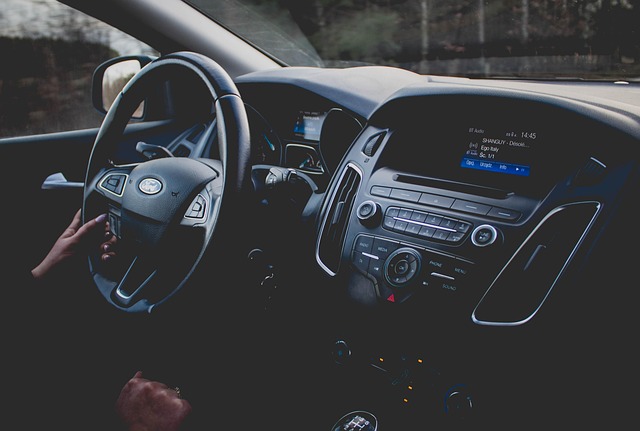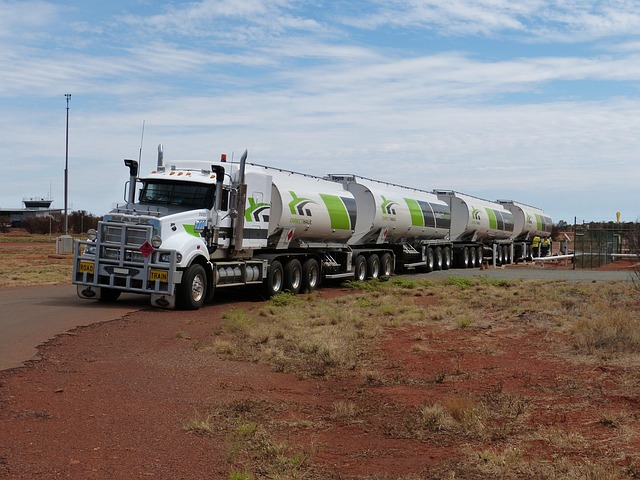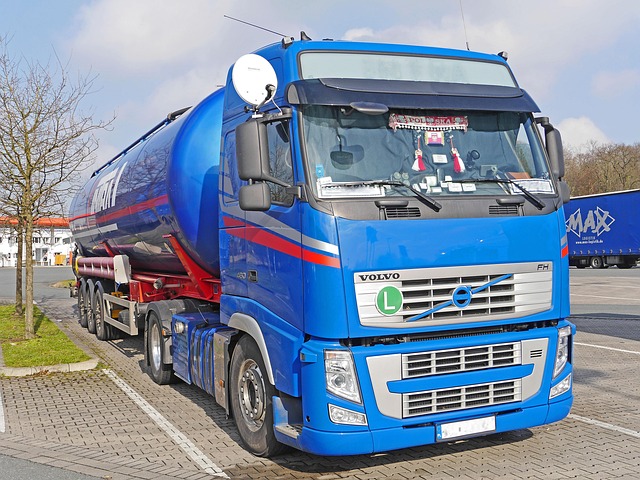Looking to register your car in California? This guide breaks down the process step-by-step, ensuring you’re prepared from start to finish. First, understand the eligibility requirements for car registration in California. Then, gather all necessary documents, including proof of ownership and insurance. Next, perform a DMV-required VIN verification to ensure your vehicle’s authenticity. Finally, complete the registration process online or in-person, pay the fees, and obtain your license plate.
- Understand Eligibility Requirements for Car Registration
- Gather Necessary Documents for California DMV
- Perform Vehicle Identification Number (VIN) Verification
- Complete Online or In-Person Registration Process
- Pay Registration Fees and Obtain License Plate
Understand Eligibility Requirements for Car Registration

Before you begin the registration process, it’s crucial to understand if your vehicle is eligible for registration in California. All vehicles used on public roads must meet specific requirements set by the Department of Motor Vehicles (DMV). One essential step is ensuring the car’s Vehicle Identification Number (VIN) passes a verification process. This typically involves a mobile vin inspection or vin inspection where the DMV checks the vehicle’s records and history to confirm its authenticity and compliance with California’s standards.
The DMV will also require valid registration documents, proof of insurance, and possibly other fees and forms, depending on your car’s make, model, and age. It’s important to be prepared with all necessary documents to streamline the registration process.
Gather Necessary Documents for California DMV

Before you register your car in California, make sure to gather all the essential documents required by the Department of Motor Vehicles (DMV). This process is crucial for a smooth transaction. You’ll need your vehicle’s registration certificate from the previous state, a completed California Vehicle Registration application, and proof of insurance. Additionally, the DMV will require a valid driver’s license or ID card. One important step is to undergo a DMV VIN verification, which ensures that your car’s unique identifier (VIN) matches the information in their records.
For a more convenient approach, consider utilizing a mobile vin verifier or scheduling a vin inspection. These services allow you to complete the VIN verification process remotely, saving you time and effort. Having these documents ready demonstrates your preparedness and ensures that your car registration in California proceeds efficiently.
Perform Vehicle Identification Number (VIN) Verification

Before you can register your car in California, it’s crucial to ensure that your vehicle is legitimate and has passed all necessary inspections. One critical step in this process is performing a Vehicle Identification Number (VIN) verification. This involves checking the VIN against state records to confirm its authenticity and history. You can do this through a dmv vin verification or consider using a mobile vin inspection service, which allows for convenience and often provides detailed reports on the vehicle’s past.
The VIN is like a unique fingerprint for your car, containing vital information about its make, model, year, and production details. By verifying this number, you can uncover important facts such as accident history, outstanding loans, or any other issues that might affect your registration or insurance claims. Ensure you have the correct VIN from your vehicle’s documentation before initiating the verification process, whether through a traditional vin inspection at a DMV office or a mobile option for added flexibility.
Complete Online or In-Person Registration Process

In California, registering a car involves either completing an online or in-person process, both of which are designed to be straightforward and efficient. The first step for either method is to ensure your vehicle has passed all required safety inspections, including a DMV VIN verification, which checks critical components like brakes, lights, and emissions controls. For an online registration, you’ll need to visit the California DMV website and follow their step-by-step guide. This process involves inputting your vehicle’s details and uploading necessary documents, such as proof of insurance and identification.
Alternatively, in-person registration requires visiting a local DMV office. There, you can complete forms, pay applicable fees, and undergo a VIN inspection if needed. A mobile VIN verification service can also be utilized for convenience; this allows you to have the VIN inspection done at your location, saving time and effort. Either way, ensure all documents are accurate and up-to-date to streamline the registration process.
Pay Registration Fees and Obtain License Plate

After completing the registration process at the DMV, it’s time to pay the registration fees for your vehicle. The amount varies based on your car’s type and weight. Make sure to have your valid driver’s license, proof of insurance, and vehicle identification number (VIN) inspection certificate from a mobile vin inspector or verifer. This VIN inspection is a crucial step in the process as it ensures that your vehicle matches the details provided during registration.
Once the fees are paid, you can obtain your license plates. These plates will be assigned by the DMV and typically display the vehicle’s registration information. With your new license plates in hand, ensure you securely attach them to your car as per state regulations. This completes a vital aspect of registering your vehicle in California, ensuring it’s legally recognized on the roads.
Registering a car in California is a straightforward process that requires understanding eligibility criteria, gathering essential documents, and completing either an online or in-person registration. A crucial step in the process is performing a DMV VIN verification to ensure your vehicle’s authenticity. Once all requirements are met, including payment of registration fees, you’ll receive your license plate, officially making your car roadworthy in California.



